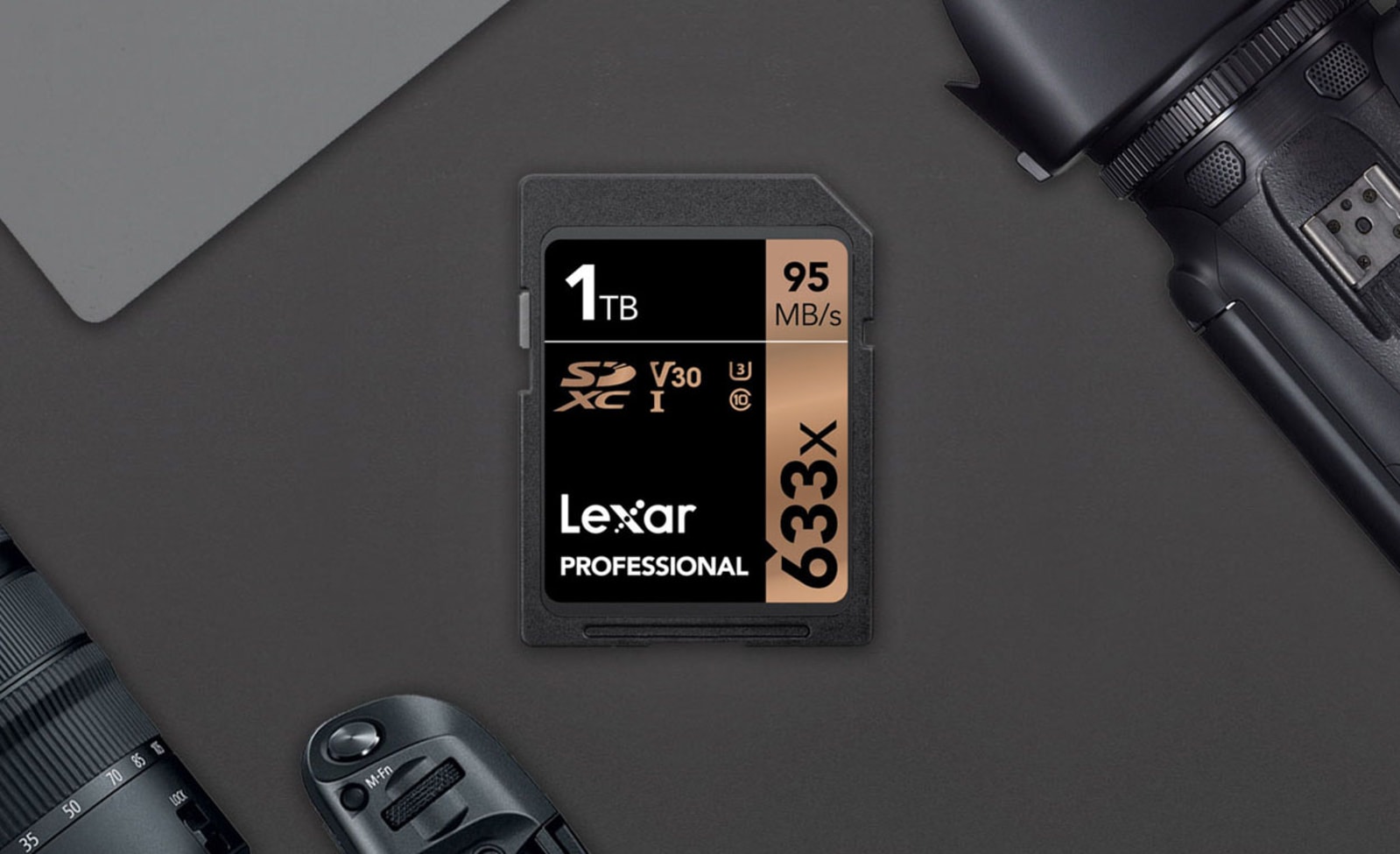
Hardware makers often sing the praises of their latest and greatest flash memory, but the folks at Crossbar are ready to show them up with resistive RAM (RRAM) that they've been quietly working on. Compared to NAND, RRAM comes in at half the size and boasts 20 times faster write speeds (140MB/s), reads data at 17MB per second, guzzles 20 times less power and has 10 times more endurance. Since RRAM is non-volatile memory, it can keep data even when it's powered off, á la NAND. As if that weren't enough, 3D stacking construction allows for several terabytes of storage, endowing one 200 x 200mm 200mm2 chip with one terabyte.
Unlike many tech breakthroughs however -- we're looking at you, graphene -- this one is just about ready to find its way into finished products. Crossbar has manufactured RRAM within a standard chip factory, and claims that it can be churned out easily with existing production infrastructure. According to the firm, it's in the fine-tuning process and plans to introduce the tech into the world of embedded SoCs. Sure, the outfit is the exclusive holder of some RRAM patents, but it aims to license its know-how to system-on-a-chip creators.
Update: Thanks to those readers who spotted our error on the silicon area -- it's now been fixed.
Filed under: Storage
Comments
Via: VentureBeat
Source: Crossbar
 Lexar has unveiled the first ever 1TB SDXC flash memory card for cameras that will actually go on sale to the public, the Professional 633x. It's a UHS-I rather than a much faster UHS-II model, but runs at the top limit for a UHS-I card at 95 MB/s (c...
Lexar has unveiled the first ever 1TB SDXC flash memory card for cameras that will actually go on sale to the public, the Professional 633x. It's a UHS-I rather than a much faster UHS-II model, but runs at the top limit for a UHS-I card at 95 MB/s (c...
 Lexar has unveiled the first ever 1TB SDXC flash memory card for cameras that will actually go on sale to the public, the Professional 633x. It's a UHS-I rather than a much faster UHS-II model, but runs at the top limit for a UHS-I card at 95 MB/s (c...
Lexar has unveiled the first ever 1TB SDXC flash memory card for cameras that will actually go on sale to the public, the Professional 633x. It's a UHS-I rather than a much faster UHS-II model, but runs at the top limit for a UHS-I card at 95 MB/s (c...
 The long-running bidding war over Toshiba's flash memory business has effectively come to an end... and the winner probably isn't who you expected. Toshiba has agreed to sell its NAND division to a group led by the private equity firm Bain Capital f...
The long-running bidding war over Toshiba's flash memory business has effectively come to an end... and the winner probably isn't who you expected. Toshiba has agreed to sell its NAND division to a group led by the private equity firm Bain Capital f...
 Memory speed isn't always something that one would pay attention to when buying a smartphone, or at least you'd expect the latest flagships to come with the fastest options available at the time, but it turns out that this isn't necessarily true. Rec...
Memory speed isn't always something that one would pay attention to when buying a smartphone, or at least you'd expect the latest flagships to come with the fastest options available at the time, but it turns out that this isn't necessarily true. Rec...
 If you've noticed that solid-state drives (and the PCs that include them) no longer cost an arm and a leg, you're not alone. Researchers at DRAMeXchange understand that the price per gigabyte of an SSD has fallen off a cliff in the past three years,...
If you've noticed that solid-state drives (and the PCs that include them) no longer cost an arm and a leg, you're not alone. Researchers at DRAMeXchange understand that the price per gigabyte of an SSD has fallen off a cliff in the past three years,...





